How to Kitchener Your Sock Toes
Note: There will be no pictures!
For a long time, I needed to get out a book and look at the pictures every time I kitchenered sock toes.
Every time.
As a result, almost-finished socks tended to accumulate. They would pile up on my dresser, stitches held on safety pins, until I got around to getting out the book.
No more.
Now I finish the knitting, whip out my tapestry needle, and close those toes immediately.
What happened? Simple, I paid attention. Instead of following the instructions and looking at the pictures, I thought about what I was doing. And, you know what? It's really easy!
Here's how I think about it:
Hold your two needles with stitches on them parallel with the working yarn coming from the back needle.
Take a look at your knitting. See the knitting on the front needle? See how the knit stitch is facing you? This is the K needle.
Now, look at the knitting you see coming from the back needle. It looks like purl, right? This is the P needle.
Okay, now think about the stitches and the needles they're on as associations, or better yet, teams. The goal of each team (and you) is to get all the stitches off the needle. OK?
Rule No. 1: Go into each stitch twice.
Rule No. 2: Drop the K stitches on the K needle.
Rule No. 3: Drop the P stitches on the P needle.
Rule No. 4: Start with the front needle and then alternate. Logical, yes?
Set-Up: You are setting up here, so no stitches are dropped. Following rules above, you know you can't K on the K needle or P on the P needle. Rule #4 - we'll start with the front needle. Pull your tapestry needle (with the yarn tail, of course) through the first stitch as if to purl. No dropping, remember?
Go to the back needle, we're not dropping, so pull through as if to K.
The set-up is the only time you'll only work the first stitches.
Set-Up: no dropping and only one stitch each needle.
The real deal: We're back to the front needle and we want to drop a stitch. That means we go through it as if to K. Drop. Now, according to Rule #1, we need to get the second stitch set-up. No dropping. K needle, set up as if to P.
Move to back needle: P needle, P the first st and drop. Set up the next stitch as if to knit.
That's all there is to it. K needle, K the first st to drop, P the second to set-up. P needle, P the first st to drop, K the second to set up.
Simple, huh?
For a long time, I needed to get out a book and look at the pictures every time I kitchenered sock toes.
Every time.
As a result, almost-finished socks tended to accumulate. They would pile up on my dresser, stitches held on safety pins, until I got around to getting out the book.
No more.
Now I finish the knitting, whip out my tapestry needle, and close those toes immediately.
What happened? Simple, I paid attention. Instead of following the instructions and looking at the pictures, I thought about what I was doing. And, you know what? It's really easy!
Here's how I think about it:
Hold your two needles with stitches on them parallel with the working yarn coming from the back needle.
Take a look at your knitting. See the knitting on the front needle? See how the knit stitch is facing you? This is the K needle.
Now, look at the knitting you see coming from the back needle. It looks like purl, right? This is the P needle.
Okay, now think about the stitches and the needles they're on as associations, or better yet, teams. The goal of each team (and you) is to get all the stitches off the needle. OK?
Rule No. 1: Go into each stitch twice.
Rule No. 2: Drop the K stitches on the K needle.
Rule No. 3: Drop the P stitches on the P needle.
Rule No. 4: Start with the front needle and then alternate. Logical, yes?
Set-Up: You are setting up here, so no stitches are dropped. Following rules above, you know you can't K on the K needle or P on the P needle. Rule #4 - we'll start with the front needle. Pull your tapestry needle (with the yarn tail, of course) through the first stitch as if to purl. No dropping, remember?
Go to the back needle, we're not dropping, so pull through as if to K.
The set-up is the only time you'll only work the first stitches.
Set-Up: no dropping and only one stitch each needle.
The real deal: We're back to the front needle and we want to drop a stitch. That means we go through it as if to K. Drop. Now, according to Rule #1, we need to get the second stitch set-up. No dropping. K needle, set up as if to P.
Move to back needle: P needle, P the first st and drop. Set up the next stitch as if to knit.
That's all there is to it. K needle, K the first st to drop, P the second to set-up. P needle, P the first st to drop, K the second to set up.
Simple, huh?

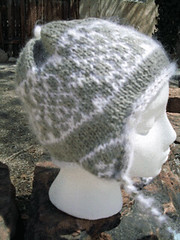

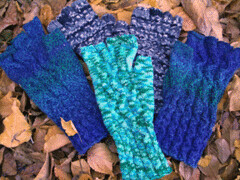
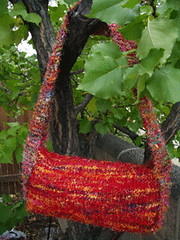
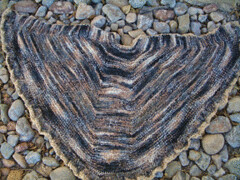
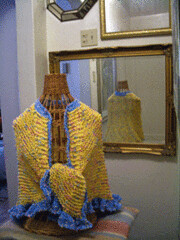









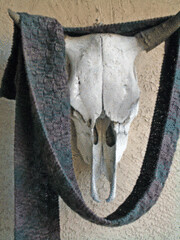
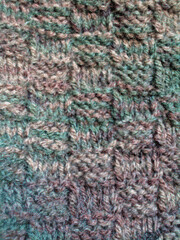
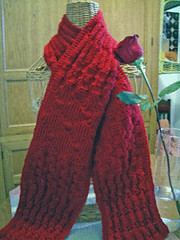

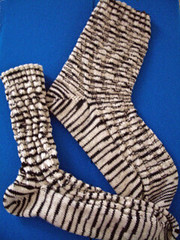
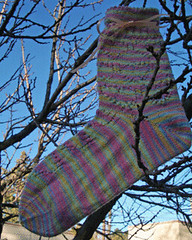
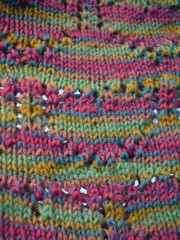
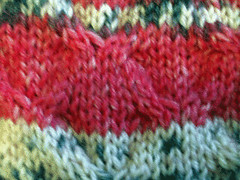
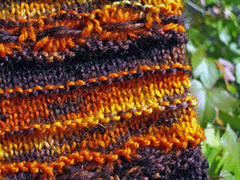


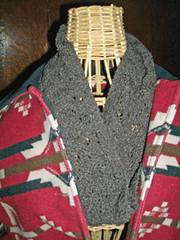
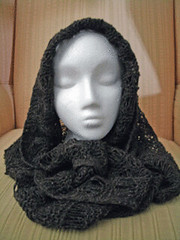
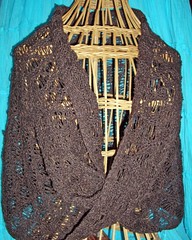
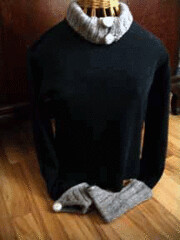
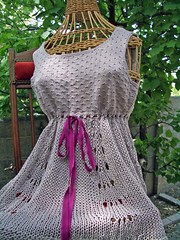
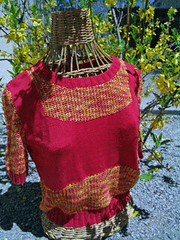
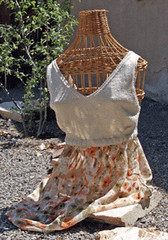
2 Comments:
Welcome to the KR Webring.
I finally learned how to Kitchener without instructions too. I don't know how it happened but like learning a language, struggling over basic phrases over and over again when Voila! all of the sudden I'm fluent!
Post a Comment
<< Home